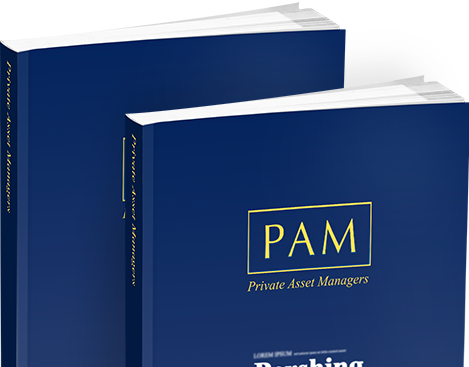You are now ready to implement your financial plan. But this is not the end of the process. In many ways, it is just the beginning. The plan needs to be reviewed regularly, to ensure it is still able to meet your expectations and at the right level of risk.
Furthermore, your own financial and personal circumstances will change over time. Potentially, this will alter both your objectives and your means of achieving them. For example, you may receive an inheritance, sell your business, or you may be promoted and receive a pay rise.
These developments may mean you upgrade, or expand your objectives, by deciding to buy another car, or a second holiday home. It may also enable you to retire five years earlier than you originally planned for; reduce the amount you need to save for retirement; or lessen the level of investment risk you have to take to achieve your goals.
Your objectives may revolve around preserving your existing assets, rather than trying to generate future wealth. A key part of this planning will include structures to ensure wealth is passed on to your chosen beneficiaries, notably children and grandchildren, in the way you want and in a tax efficient manner.
The financial plan is the culmination of the first phase of the process. The next seven chapters deal with different aspects of implementing the financial plan, starting with a look at how you can use offshore and onshore structures as part of your planning.
The PAM Directory is a comprehensive guide on comparative data focusing on asset managers, investment managers, private banks, stockbrokers, wealth managers and multi-family offices, who provide discretionary and/or advisory portfolio management services for private clients.
Order Now
Subscribe to PAM to hear about the latest news and promotions
Site Content Copyright PAM Insight Ltd 2016
This option is not available when logged in as a Private Asset Manager.
For registering with PAMonline. You should now receive an email asking you to verify your email address. If you do not receive this email, please call +44 (0)207 967 1601 for assistance.
To reset your password please enter code below.
To restore your password please enter your email below.
To see full information of the Private Asset Managers, plus the opportunity to rate and follow, login or register
For registering with PAMonline.
You should now receive an email asking you to verify your email address.
If you do not receive this email, please call +44 (0)207 967 1601 for assistance.
To return to the Home page, click here
To see full information of the Private Asset Managers,
plus the opportunity to rate and follow, login or register.
Please fill in all the fields.
To activate your account enter valid activation code below.
To resend activation email type in your registered email address below. Or contact the PAM office on +44 (0)20 7967 1608 to get instructions to activate your account.
